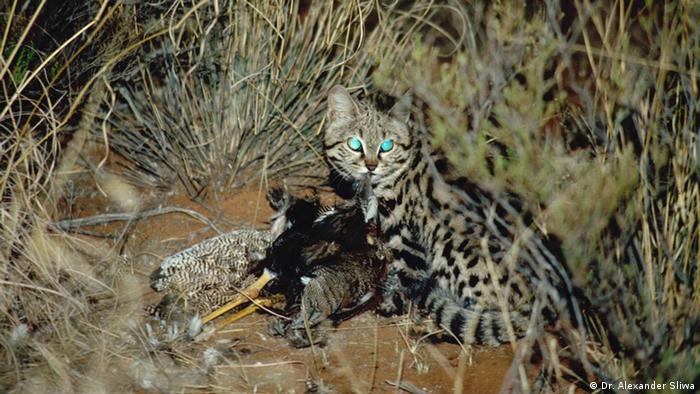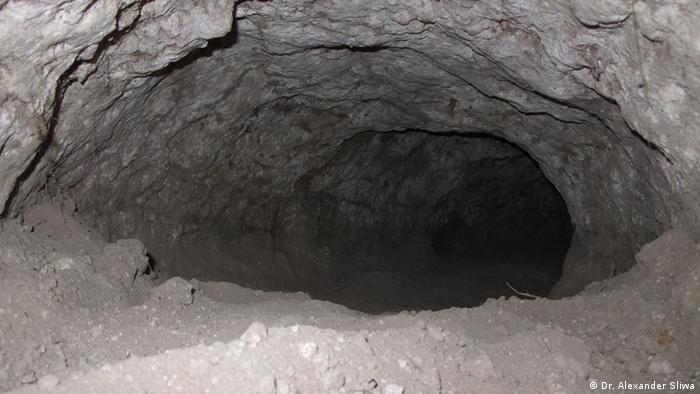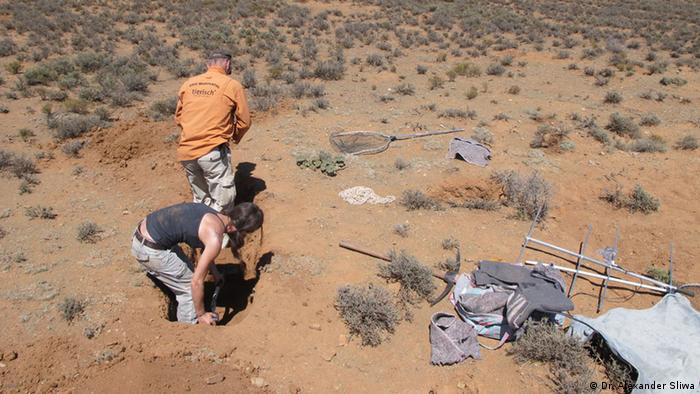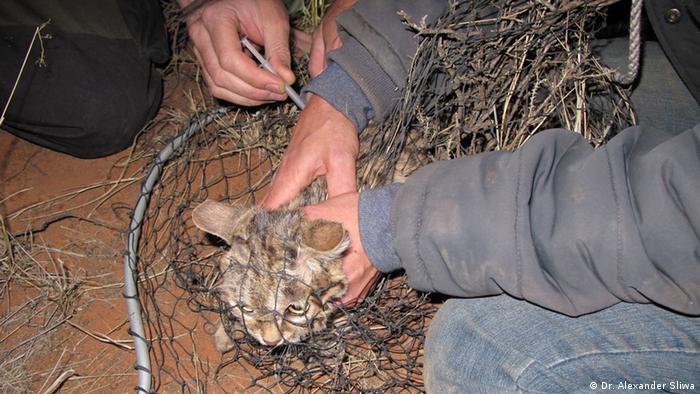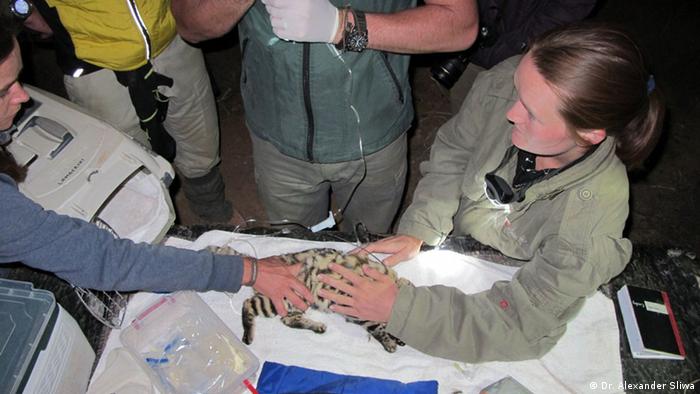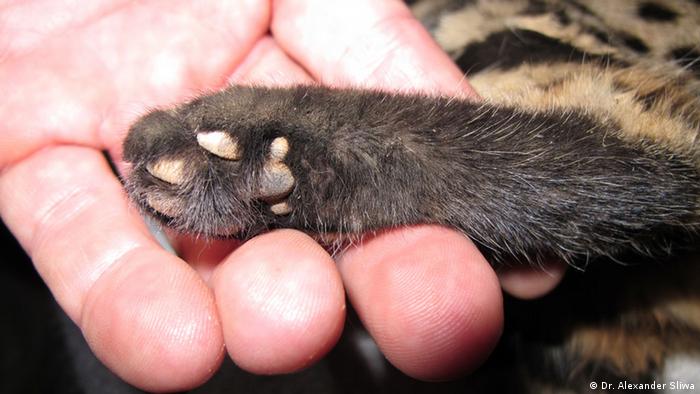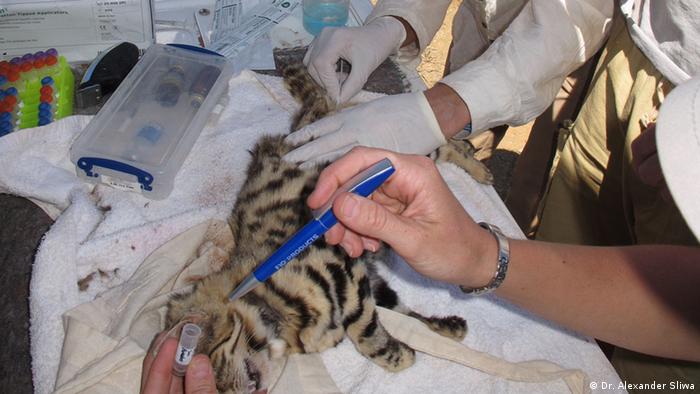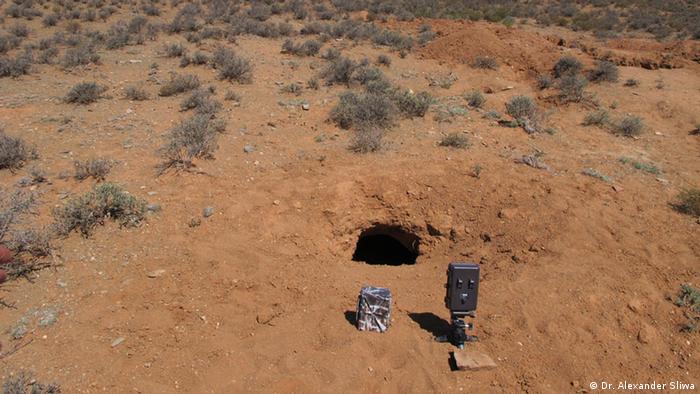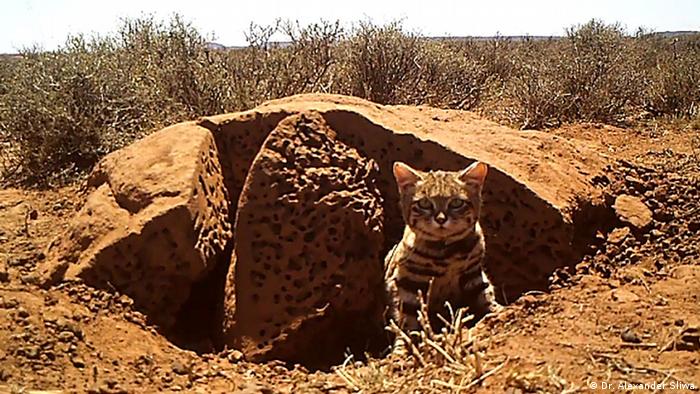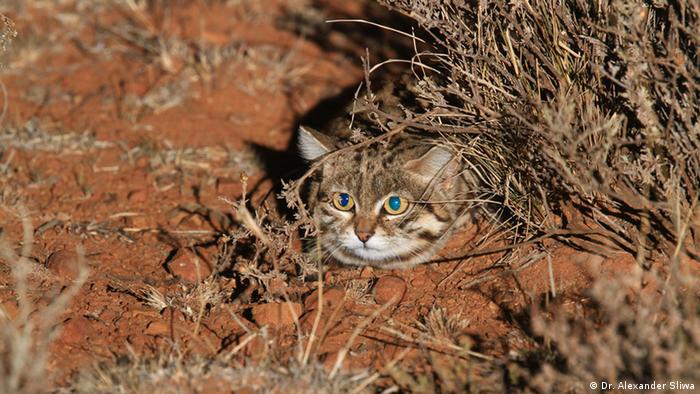Hamster are one of the most endangered mammals in Germany. Especially the intensive agriculture and building projects, make them their habitat in dispute. But now they get support.

The cute hamster (Cricetus cricetus) have lost the fight against modern agriculture. There is hardly anyone left in Germany. In the meantime, you were in this country on the brink of extinction. Overall, are expected to live in Germany, barely 100,000 of the small rodents. Most of them are in Bavaria and Saxony-Anhalt.
Although – or precisely because – at risk of not 25 centimeters of small animals so strong, prepare for some people major problems. Sometimes people are subject to the Hamsters such as in the dispute. So was it the billionaire Dietmar Hopp. The chief of the Software giant SAP and patron of the football Bundesliga club HSG Hoffenheim and the city of Mannheim, wanted to jointly build a sports arena. But the terrain was, of all things, recognised as one of the last hamster colonies in Baden-württemberg – with 92 animals.
Consequently, the stadium is a few hundred metres from the planned site had to be built. “Hamster move SAP-Arena”, “money hoarders” or “an ecoterrorist group” – these were the creative headlines in the press then.
In 1999, the EU had initiated Commission due to massive neglect of the hamster population, an infringement procedure against the Federal Republic of Germany. The then environment Commissioner, Margot Wallström, was threatened with a prosecution before the European court of justice.
More: Why the government millions for hamster?
The hamster as a Phantom
In Aachen, the construction of a German threatened to fail-Dutch business parks because of the hamster problem, which the European Commission subsidies in the amount of the equivalent of tens of millions of euros put on ice.
12,000 new jobs were at the location on the Dump. The allegation: The German authorities had failed during the planning phase, to examine both Alternatives for the location of the commercial space as to search for a potential new habitat for the animals. The proponents of the Park, countered: there was never a Hamster.
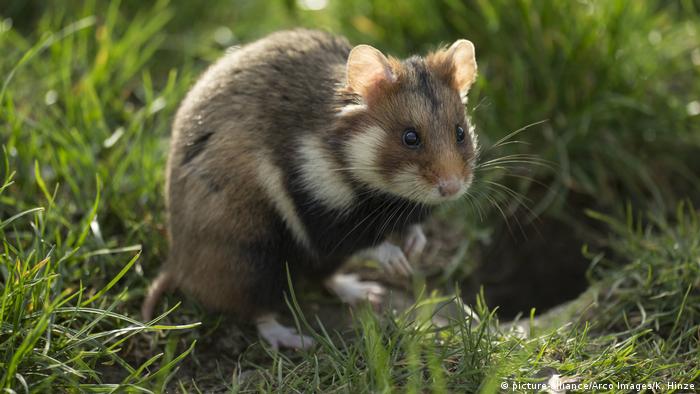
With Lobby – without the habitat of the European hamster
In North Rhine-Westphalia in the field hamster in 2005, was even save for the election campaign-figure: The Green wanted him, but because they did not know where the type was exactly, blocked the former government party, several of the areas and construction projects. Whereupon the leader of the opposition, Jürgen Rüttgers (CDU), who led the animal as a Symbol, to show how the state government is environmental protection, advancing to operate anti-business policies. In a some speech he made to accommodate ten times the word “hamster”. The fronts were hardened.
In the daily press, the hamster was a scapegoat: “a Hamster is more important than jobs”, “Hamster more important than brown coal-fired power plants” and “economic brake with a thick fur”, so some of the Headings were.
The heavy state of the field hamster has to do today with the fact that he earlier had a bad reputation. In the GDR he was regarded in the 1970s as a “crop pest”. The hamster plague was controlled by the fact that a man was forced to sew the fur coats and hats.
Race against time
There are many more reasons that brought the mammals almost to the brink of extinction: The application of too much manure and arable drugs, intensively used and fertile soils, the loves, the Art.
Development and urban sprawl of the landscape by roads, rail, residential and commercial areas. The growth of mono-cultures, always earlier Harvests, following barren Lands, the animals no cover for enemies from the air are vulnerable, thorough harvesting machines, the each grain, and thus the Hamster is the basis of the food escape. There is a lack of protection, food, and Material for the build of the animals.
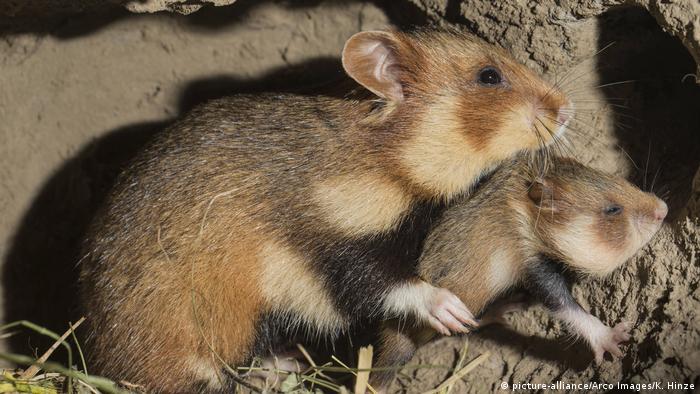
Hopefully soon more of them: the field hamster mother with young animal in the building
According to the European Flora-Fauna-Habitat-Directive has been determined to the hamster as a ”strictly protected species” and is on the Red list of endangered species.
Used it has little – in Spite of the relocation of the hamster remains in many places, disappeared. In view of the dramatic situation, Heinz Kowalski from North Rhine-calls-Westphalian nature protection Federation Germany (NABU), greater efforts in the implementation of species protection programs, no development of the last of field hamsters inhabited areas, and an emergency breeding program.
Meanwhile, conservationists have brought with official permission five hamsters in the Netherlands. In the Gaia Zoo in Kerkrade, to be bred since 1999, and hamster.
The city of Mannheim in 2001, a species aid programme initiated. “It’s so far managed to keep the hamster from extinction,” says its Director, Ulrich Weinhold. He admits: “to get back to a viable, stable populations of Hamster, it needs, above all, a ‘greener’ agriculture, which brings more diversity and structure in the cleared field corridors. Here are the biggest conflicts.”
The biologist has been working for his diploma thesis with the genre. In the meantime, he has made a name for himself internationally as a field hamster Pope. In the course of his research activities, he have learned “that this knitted superficially so simple, and for us all the same-looking animals have a very complex beings and just as much individuality to show as we are.”
The Evolution’ve brought 1.370.000 animals and 300,000 species of plants in the world. We humans are only a species of it and should not feel, therefore, authorized the Use of animal – or plant species to be questioned, he replies on the question of the Use of the hamster.
Weinhold operates the Institute for Faunistics in Heiligkreuzsteinach. In the nearby Heidelberg Zoo has a breeding station set up. 170 hamsters are bred per year, pelts were used in clothing, then on suitable land in the Federal state of Baden-Württemberg. Weinholdmonitored the Population on behalf of the German wild animal Foundation. He has charted to build, and contracts with growers closed, which can take a compensation payment for the Habitat maintenance of the hamster.

If the mowers Stubble, you can hide the animals from birds of prey.
In the case of the crop in a targeted area of Cereals to be allowed to stand. On the harvested areas, the farmers grow alfalfa to cover, as a source of food and building material. “If we don’t manage to save the hamster, is a fairly undemanding species for food and habitat, then it is also not the types to succeed in communities in the field to preserve the corridor,” says the biologist.
In addition to the hamsters, the so-called farmland birds suffer as Skylark and partridge under a system of farming that over the decades into the life of the enemy has become. “We have to reclaim more land for the species in the agricultural landscape and habitat network. If this succeeds, the Hamster will survive. This sounds simple but it’s damned difficult,” says Ulrich Weinhold and now receives prominent support of the policy.
“Germany should be hamster of the country”, expressed the Federal environment Minister, Svenja Schulze (SPD), which created the eponymous project. The agricultural landscapes in five States should be designed so that they provide the hamster habitat. This also includes field to be trained hamster protectors.




